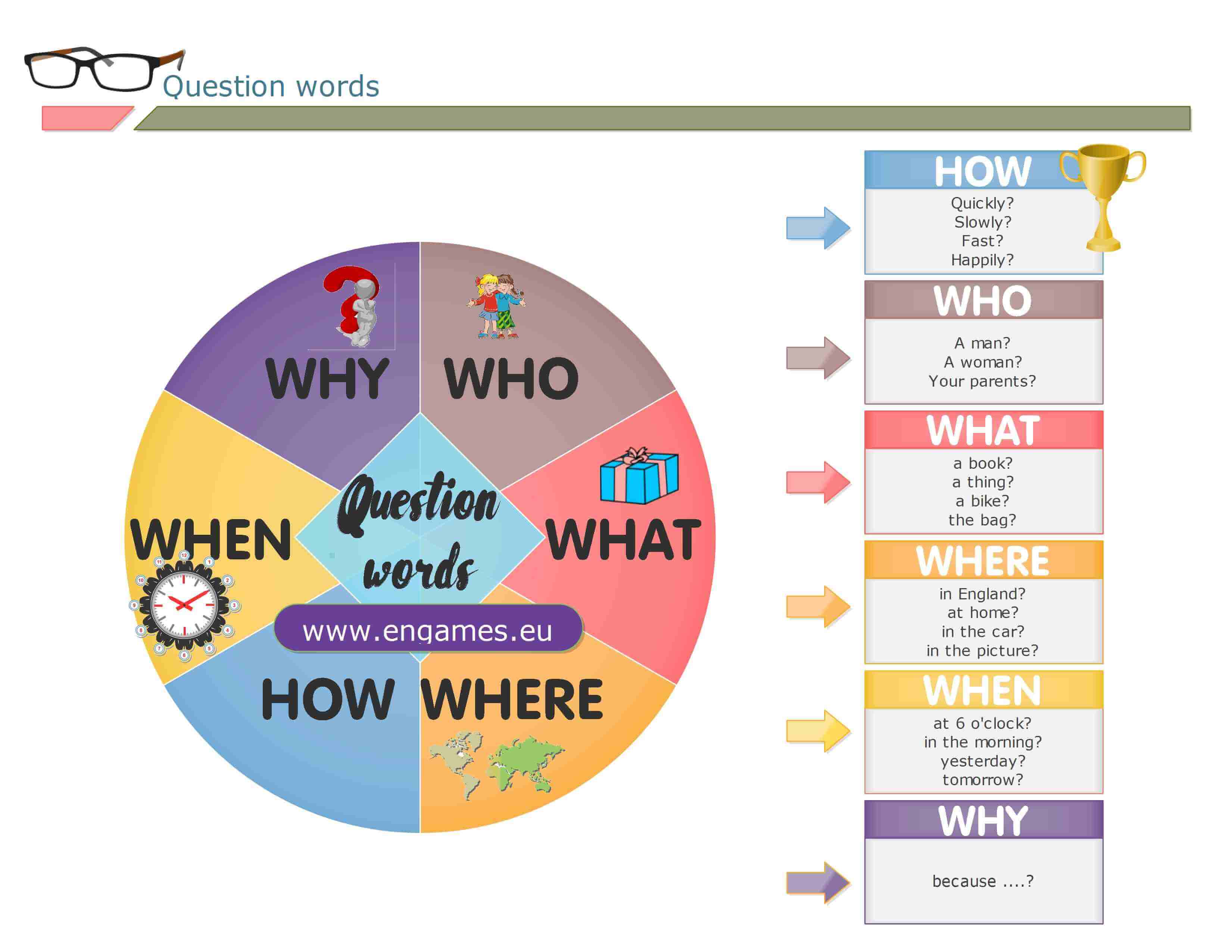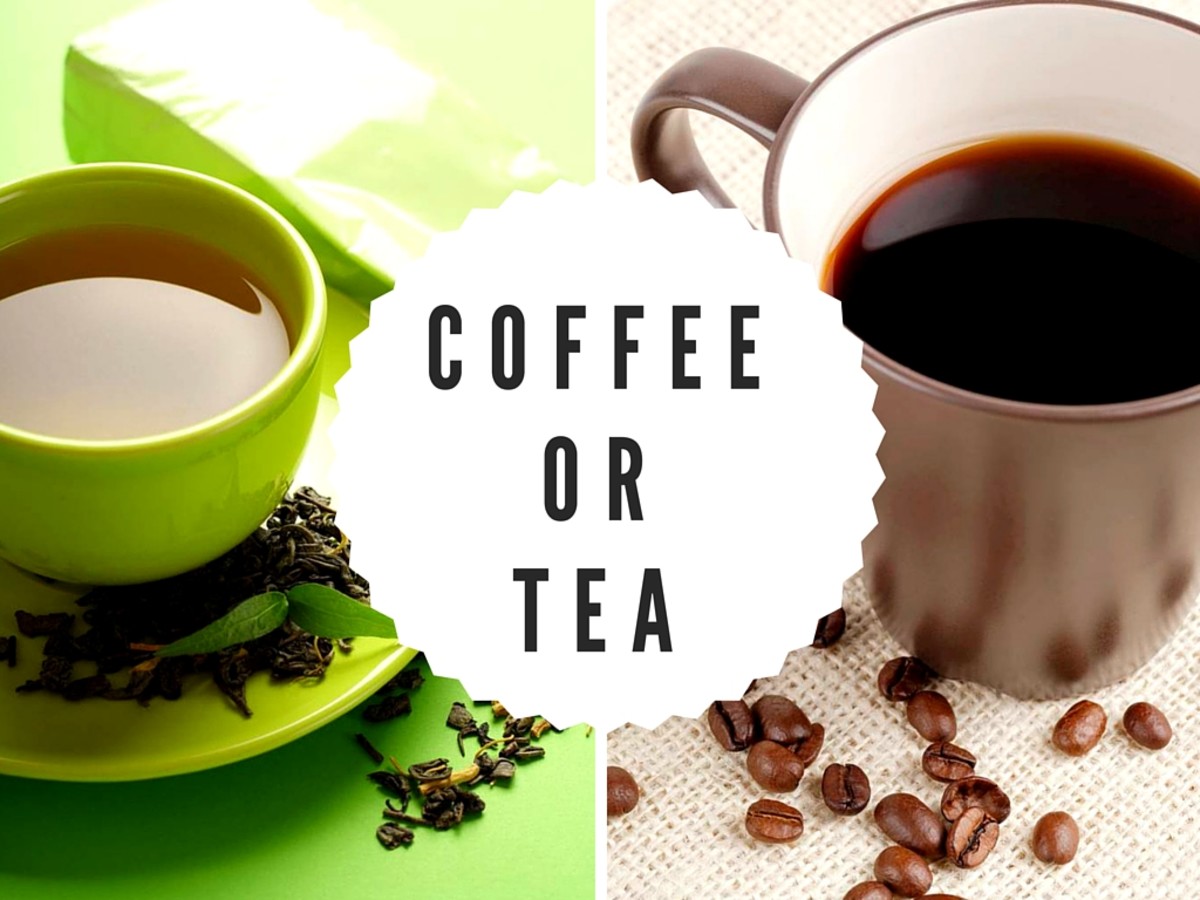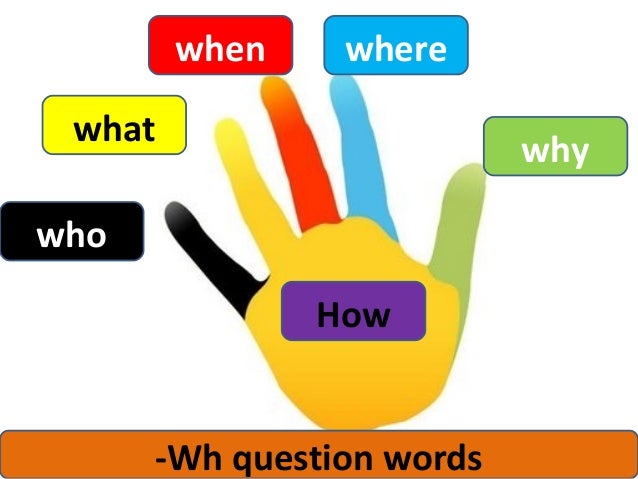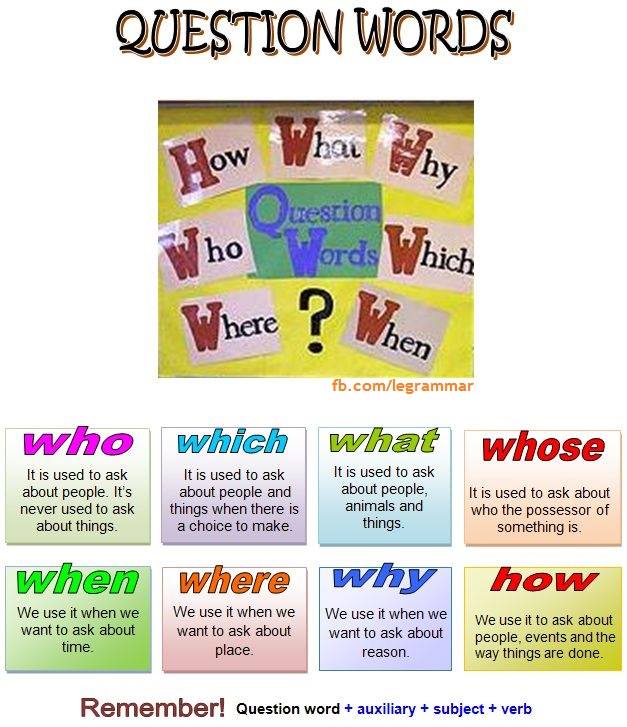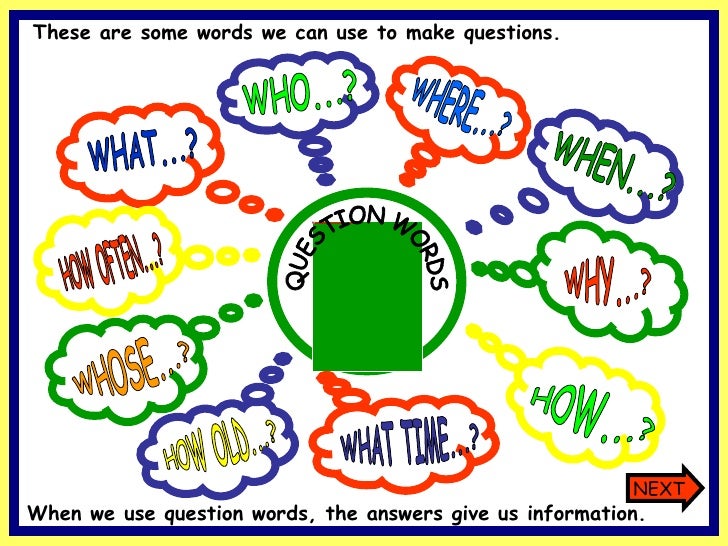Last Thursday we started learning different types of questions and wh-words (or question words). Here is more information to review this grammar. I've also posted some exercises for you to practice it.
I hope you like it.
Good luck and have fun.
Irena
Basic types of questions
There are 3 basic types of question:
- Yes/No Questions - the answer to the question is "Yes" or "No"
- Wh- Questions - the answer to the question is "Information"
- Choice Questions ("or" questions) - the answer to the question is "in the question"; you are given a choice of two or three different things

1. Yes/No Questions
auxiliary verb
|
subject
|
main verb
|
Answer
Yes or No | |
Do
|
you
|
work
|
here?
|
No, I don’t.
|
Does
|
she
|
read
|
a lot?
|
Yes, she does.
|
Can
|
you
|
drive
|
me home?
|
No, I can't.
|
Can
|
he
|
help
|
me?
|
Yes, he can.
|
Is
|
Anne
|
French?
|
Yes, she is.
| |
Was |
Marc
|
at home?
|
No, he wasn't.
| |
Are |
you
|
single?
|
Yes, I am.
| |
Were |
you
|
at home yesterday?
|
No, I wasn’t.
| |
Is |
he
|
reading
|
a book?
|
Yes, he is.
|
Are |
you
|
studying
|
English?
|
No, I’m not.
|
2. Wh- Questions
question word
|
auxiliary verb
|
subject
|
main verb
|
Answer
Information | |
Where |
do
|
you
|
live?
|
In Paris.
| |
Where |
does
|
your sister
|
work?
|
At the bookstore.
| |
Who |
knows
|
the answer?
|
I do.
| ||
Who |
is
|
calling?
|
Your friend.
| ||
Where |
is
|
Bombay?
|
In India.
| ||
How |
was
|
your day?
|
Great.
| ||
What |
are
|
we
|
having
|
for lunch?
|
Fish and vegetables.
|
3. Choice Questions ("or" questions)
auxiliary verb
|
subject
|
main verb
|
OR
|
Answer
In the question | ||
Do
|
you
|
want
|
tea
|
or
|
coffee?
|
Coffee, please.
|
Does
|
he
|
run
|
fast
|
or
|
slowly?
|
Fast.
|
Is
|
your car
|
white
|
or
|
black?
|
It’s white.
| |
Are
|
these shoes
|
$15
|
or
|
$50?
|
They are $50.
| |
Is
|
she
|
reading
|
a magazine
|
or
|
a newspaper?
|
A newspaper.
|
REMEMBER:
What? - it's about a thing or an object.
Who? - it's about a person or people.
When? - it's about time (days, dates, months, years).
Where? - it's about a place or location.
Why? - It's about a reason.
How? - it's about manner.
Let's talk about wh-words again. In class we've already talked about the meaning of each of these words. I'd like you to review all of them and memorize.
As you remember, wh-words start with 2 letters - "wh". That's where their name came from. We use question words to ask certain types of questions. We often call them wh-words because they include the letters wh- (for example why, how).
First, watch this video. It will help you to remember question words.
Here is another video with a lot of wh-questions. Listen and learn how to ask such questions.
Question Word
|
Function
|
Example
|
what
|
asking for information about something
|
What is your name?
|
asking for repetition or confirmation
|
What? I can't hear you.
You did what? | |
asking for additional information o description
|
What kind of car do your drive?
| |
what...for
|
asking for a reason, asking why
|
What did you do that for?
|
when
|
asking about time
|
When did he leave?
|
where
|
asking in or at what place or position
|
Where do they live?
|
which
|
asking about choice
|
Which color do you want?
|
who
|
asking what or which person or people (subject)
|
Who opened the door?
|
whom
|
asking what or which person or people (object)
|
Whom did you see?
|
whose
|
asking about ownership
|
Whose are these keys?
Whose turn is it? |
why
|
asking for reason, asking what...for
|
Why do you say that?
|
why don't
|
making a suggestion
|
Why don't I help you?
|
how
|
asking about manner
|
How does this work?
|
asking about condition or quality
|
How was your exam?
| |
how + adj/adv
|
asking about extent or degree
|
see examples below
|
how far
|
distance
|
How far is Washington, DC from New York?
|
how long
|
length (time or space)
|
How long will it take?
|
how many
|
quantity (countable)
|
How many cars are there?
|
how much
|
quantity (uncountable)
|
How much money do you have?
|
how old
|
age
|
How old are you?
|
how come (informal)
|
asking for reason, asking why
|
How come I can't see her?
|
Now, do some exercises, please.
Now, watch this video and listen carefully.
So, did you learn some question words?
What words did you learn?
Now do you know how to ask questions
with question words?
with question words?
I hope you do!
To check yourselves, please, take a quiz:
Now, you know everything about question words!

